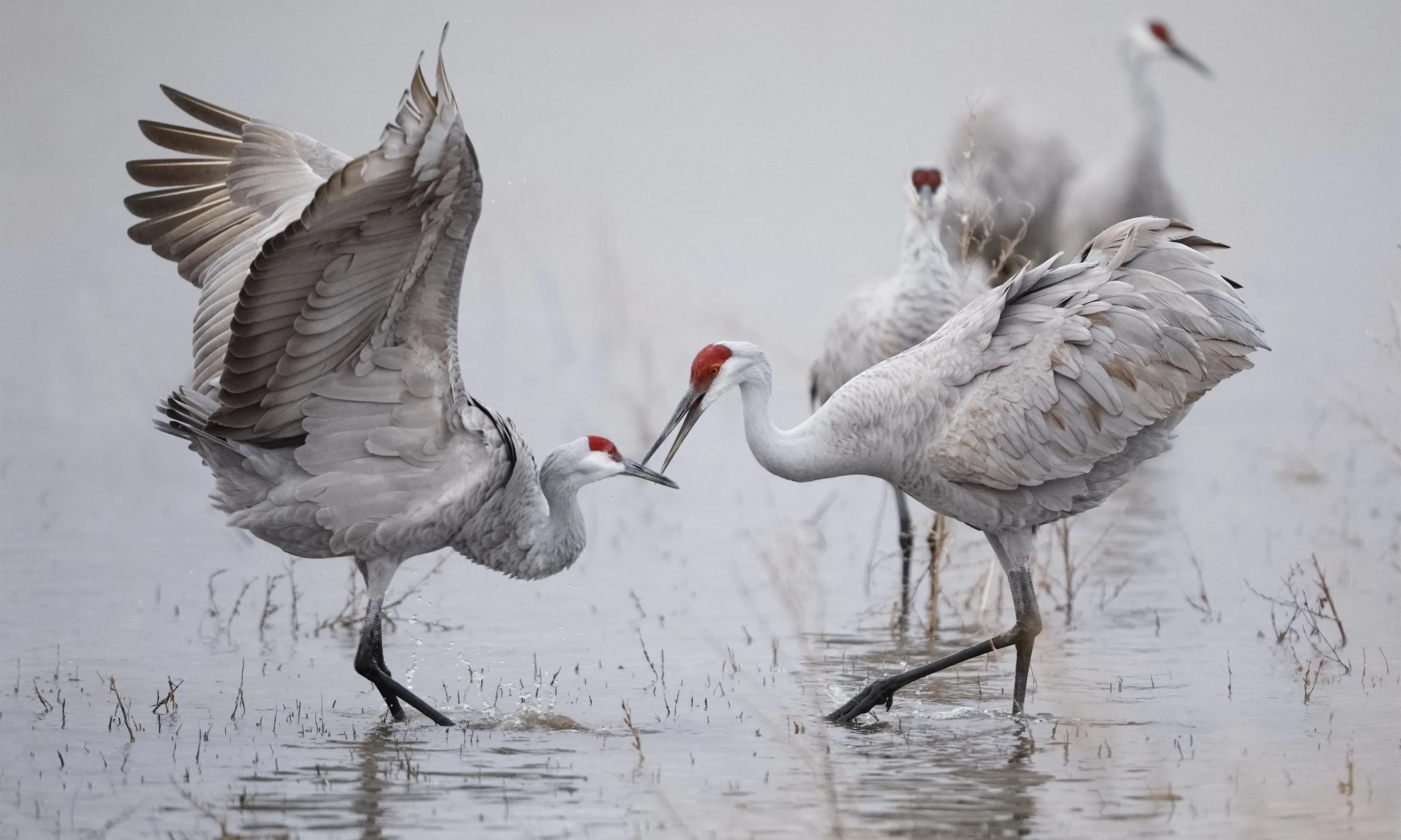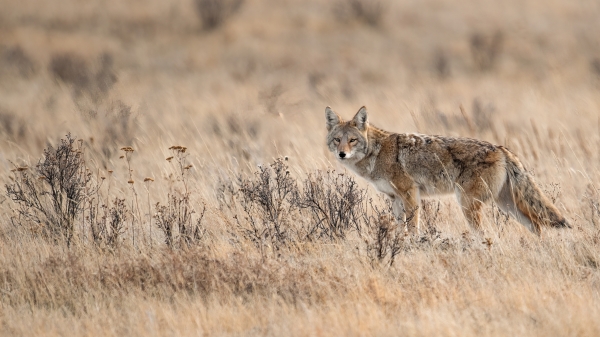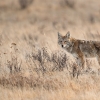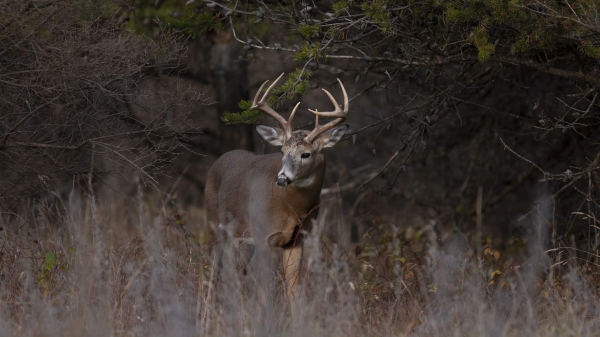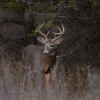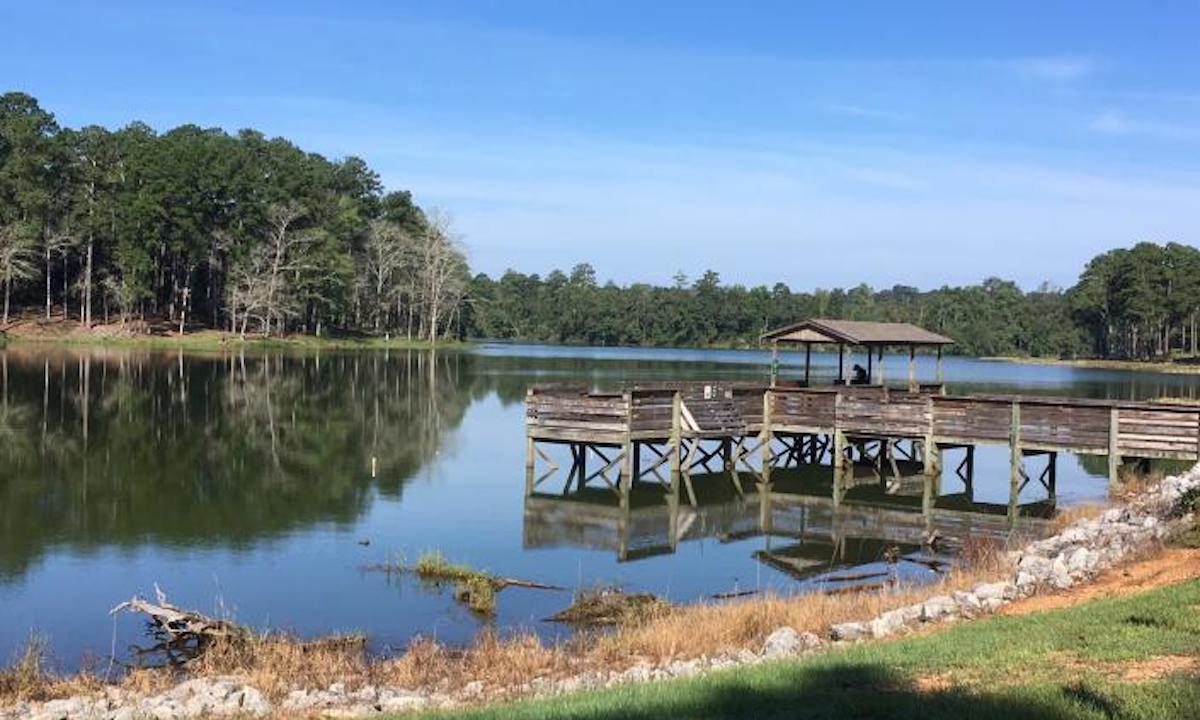The Alabama Department of Conservation and Natural Resources has announced that Alabama will have a sandhill crane season. This is the first time that Alabama hunters will have the opportunity to hunt, legally, a sandhill crane in 103 years.
The Alabama Wildlife and Freshwater Fisheries Division will conduct a draw hunt of 400 permits to hunt sandhill cranes. Alabama is just the third state east of the Mississippi River to hold a sandhill hunt.
“The last sandhill crane hunting in Alabama was in 1916,” said Seth Maddox, WFF migratory game bird coordinator. “This is the first time in 13 years that we’ve had a new species open to hunting. The last was alligator in 2006. It’s pretty exciting.”
The sandhill crane season will be split with the first segment from Dec. 3, 2019, to Jan. 5, 2020. The second segment will be Jan. 16-31, 2020.
Hunters will be limited to harvesting just three birds in the entire season. They can take all three birds on the same day if they so choose. A hunter may not harvest or possess more than four cranes.
“This sandhill crane season came about through the feedback of hunters,” Maddox said. “They started seeing increased numbers of sandhills while they were out hunting other species, especially waterfowl. Hunters wanted the opportunity to hunt this species in Alabama. They’d heard about the seasons in Kentucky and Tennessee from their friends. Hunters have paved the way for the species recovery of sandhill crane. We want to provide hunting opportunities when they are available.”
The U.S. Fish and Wildlife Service approved a sandhill crane management plan in 2010 that included a hunt plan for the Mississippi Flyway, which includes Alabama, Tennessee and Kentucky.
“Kentucky was the first state to take advantage of that,” Maddox said. “They opened their season in 2011. Tennessee opened their season in 2013. We’ll be the third state east of the Mississippi to have a sandhill season this year.”
Thirteen states west of the Mississippi River already have sandhill crane hunting seasons.
“We started counting sandhills in 2010 in conjunction with our aerial waterfowl surveys,” Maddox said. “We conduct the aerial surveys each fall and winter. Since 2010, we’ve seen a 16 percent increase on average per year in the state.”
Alabama has been granted a three-year experimental season, beginning in 2019.
WFF opted to make the season a limited draw with 400 permits that will be issued through a computer-controlled random draw. Those drawn must complete the process. Once approved, each permittee will be issued three tags for a maximum total harvest of 1,200 birds.
The registration process is limited to Alabama residents 16 or older or Alabama lifetime license holders. Applicants must have their regular hunting license and a state waterfowl stamp to apply. To hunt in a Wildlife Management Area, they also need a WMA license.
The registration process will open in September and be open for several weeks. The drawing will occur in October.
Hunters will have to take an online test that includes species identification and regulations. They will not be issued the tags until they pass the test.
While the tags allow a hunter to take sandhill cranes, hunting whooping cranes is still illegal and hunters need to be able to identify which crane they are looking at when in the field.
Maddox said the five-year average for sandhill cranes is 15,029 birds. The majority of migratory sandhill cranes are found in the Tennessee River Valley with some birds wintering in Weiss Reservoir on the Coosa River.
Sandhill cranes like wetland habitat with emergent vegetation. Even though they are a wading bird, sandhill cranes are not predators and don’t eat fish or other aquatic species. They like grain, corn and often feed in grain fields. While Alabama will sell a baiting license for hog or deer hunters, it is still illegal to hunt any birds, including sandhill cranes over bait.
Hunting will be limited to North Alabama in a zone that runs from the Georgia state line down Interstate 20 to Birmingham, then north of I-22 to the Mississippi state line. The North Alabama flock being targeted generally move on to Georgia.
“There are areas south of Birmingham associated with non-migratory populations in Southeast Mississippi and in Florida,” Maddox said. “Those birds are protected. That’s why we chose to keep it in North Alabama.”
All permit holders will be required to take a postseason survey provided by WFF after the season. Failure to comply with the post season survey requirement will result in not being eligible for the drawing in the future. USFWS is requiring WFF to have the survey requirement in order be allowed to continue the experimental seasons.
Maddox acknowledged that WFF has received said WFF received some negative feedback from persons opposed to crane hunting but said, “The callers did not know much about the species.”
Maddox credited hunters and habitat restoration for the tremendous recovery in the sandhill crane population.
Alabama is an outdoorsman’s paradise with a large population of deer, hogs, and turkey. There are also huntable populations of geese, quail, ducks, coyotes, beaver, opossum, squirrel, rabbit, doves, fox, alligator and other species along with tremendous opportunities for both saltwater and freshwater fishing.
This report is based on information from an original article by ADCNR’s David Ranier.







































